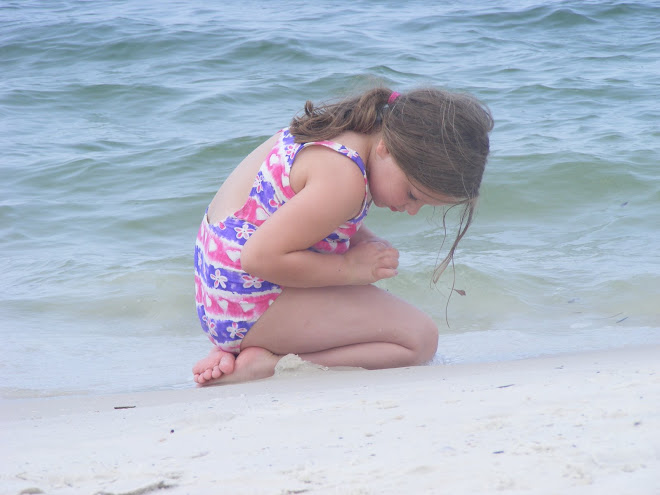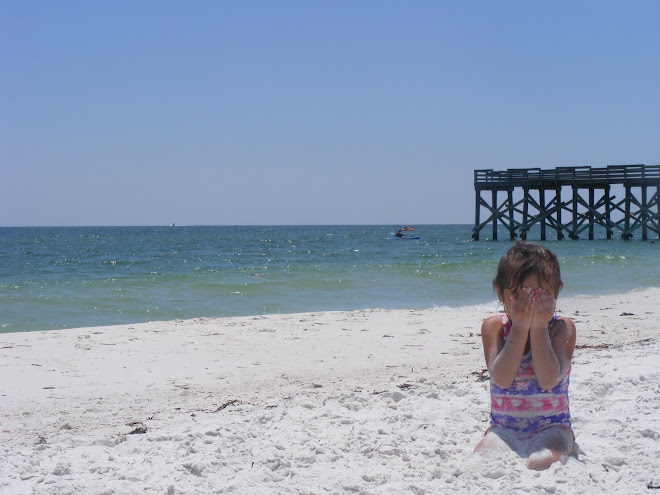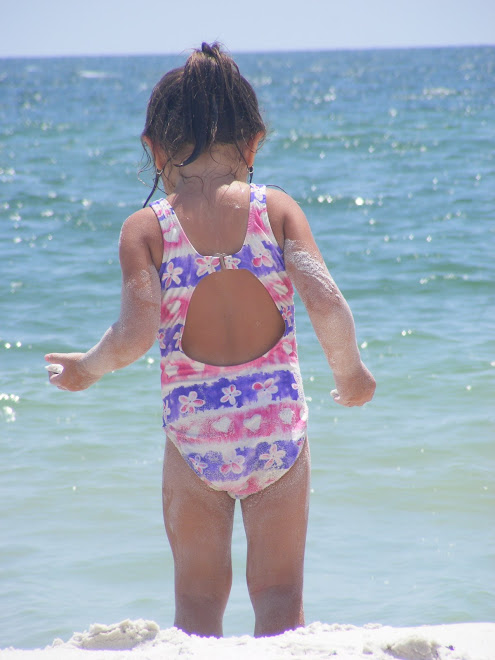Shortly after 9/11 I realized that if there were an emergency in my area, I was not prepared. I had a new baby, and we would have been in trouble had disaster struck. I began to read on the internet about what items you should keep in your emergency kit. I was just amazed at the items listed, and not by just anyone, but by our own government.
There were items I had never even considered. Items I would have not had if I needed them. People laugh, but the reality is you should have an emergency kit. The word kit is misleading. It makes it sound small. Mine is not so small, but I know one thing for sure, I have almost everything I could possibly need for myself and my children should an emergency arise.
We tend to think of a national crisis when we think of our emergency kit, but there are plenty of local natural disasters that occur much more frequently. Still, you need to be prepared.
The following items are listed by DHS as essential to your emergency kit:
1. Water, one gallon of water per person per day for at least three days, for
drinking and sanitation
2. Food, at least a three-day supply of non-perishable food
3. Battery-powered or hand crank radio and a NOAA Weather Radio with tone
alert and extra batteries for both
4. Flashlight and extra batteries
5. First Aid Kit which includes:
Two pairs of Latex, or other sterile gloves (if you are allergic to Latex).
Sterile dressings to stop bleeding.
Cleansing agent/soap and antibiotic towelettes to disinfect.
Antibiotic ointment to prevent infection.
Burn ointment to prevent infection.
Adhesive bandages in a variety of sizes.
Eye wash solution to flush the eyes or as general decontaminant.
Thermometer (Read more: Biological Threat)
Prescription medications you take every day such as insulin, heart
medicine and asthma inhalers. You should periodically rotate medicines to
account for expiration dates.
Prescribed medical supplies such as glucose and blood pressure monitoring
equipment and supplies.
6. Whistle to signal for help
7. Dust Masks, to help filter contaminated air and and plastic sheeting
(pre-cut to fit your windows and doors)and duct tape to shelter-in-place
8. Moist towelettes, garbage bags and plastic ties for personal sanitation
9. Wrench or pliers to turn off utilities
10. Can opener (manual) for food (if kit contains canned food)
11. Infant formula and diapers
12. Pet food and extra water for your pet
13. Important documents such as copies of insurance policies, identification,
and bank account records in a portable waterproof container
14. Cash, change
15. Emergency reference material such as a first aid book or information from
www.ready.gov
16. Sleeping bag and/or warm blankets
17. Complete change of clothes including long sleeved shirt, pants and sturdy
shoes. Additional clothing if you live in a cold climate.
18. Household chlorine bleach and medicine dropper - When diluted nine
parts water to one part bleach it can serve as a disinfectant. Or
in an emergency you can treat water (for drinking) by using 16 drops bleach
to one gallon of water. Do not used scented or color safe bleach or
bleach with added cleaners.
19. Fire Extinguisher
20. Feminine supplies and personal hygiene items
21. Mess kits, paper cups, plates and plastic utensils, paper towels
22. Books, games, puzzles or other activities for children
It is also important to have a plan to connect with your family. Often times local phone lines and cell phone signals are jammed with local calls. Try to have an out of town contact that can help you connect and communicate with your family should local lines be jammed.
Know the plans for your childs school.
Be sure to have the plastic sheeting pre-cut for your windows, doors, vents, fireplace...etc. In an emergency, you will not have time to cut them to fit. They need to be pre-cut and marked for the window or door they are cut to fit.
You can never be too safe. Although we would like to think we will never have to use these items, we do live in uncertain times. It is far more likely you may need these items for a natural disaster such as a tornado, but one never knows what terror others may have planned for us.
Just be prepared. It is the smart thing to do.
For printable lists and more information, please visit:
www.ready.gov
CORRECTION: Mass immigration is not the problem
4 hours ago










Advance disaster preparation is for everyone's benefit.
ReplyDeletehttp://www.eloquentbooks.com/NaturalDisasters.html
Great list!! Check out www.shelfreliance.com for emergency products!!
ReplyDeleteHi Tammy,
ReplyDeleteI work for Global Plastic Sheeting (www.globalplasticsheeting.com). We have a self adhesive plastic that could be used for the emegency preparedness plastic sheeting, thereby alleviating the need for tape. Please take a look at the product called, Abatement Plastic.
Many thanks.